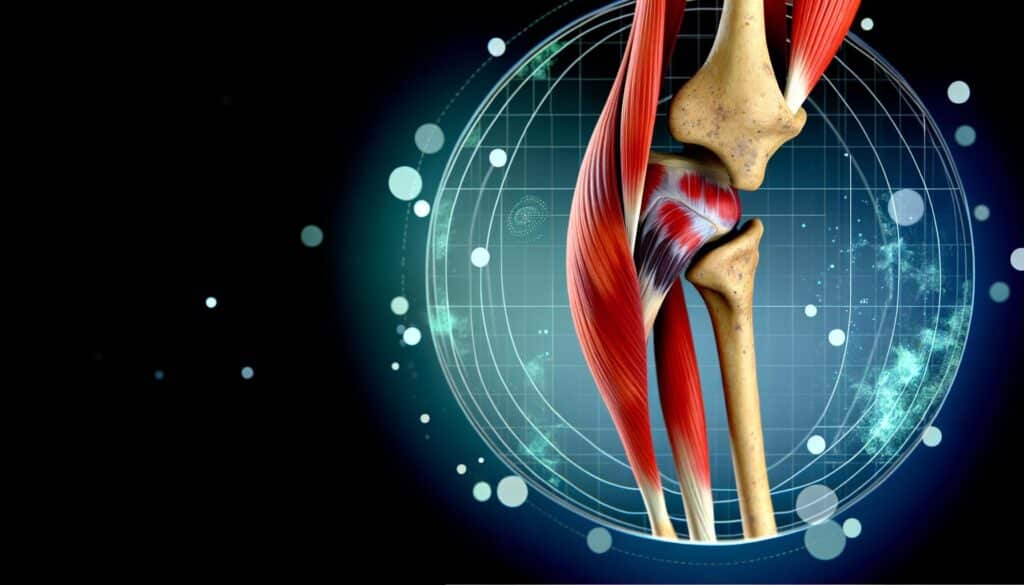Causes Of Hamstring Strain
Hamstring strains occur due to excessive force or overstretching of the muscle fibers. The causes of hamstring strain can be numerous, often relating to the dynamics of physical activity and conditioning:
- Lack of warm-up: Skipping warm-up exercises can cause muscles to be more prone to injuries.
- Improper conditioning: Weak or imbalanced muscles can contribute to uneven stress distribution, increasing injury risk.
- Overuse: Repetitive movement without adequate rest can lead to muscle fatigue and strain.
- Poor flexibility: Tight muscles are less capable of handling physical stress, making them more susceptible to injury.
Ensuring a balanced and comprehensive fitness regimen can help mitigate these risks significantly.
Symptoms Of Hamstring Tear
The symptoms of a hamstring tear vary in intensity depending on severity but commonly include:
- Sudden, sharp pain: Often occurs at the back of the thigh during physical activity.
- Swelling and bruising: May develop soon after the injury.
- Muscle weakness: Difficulty in extending the knee or walking.
- Persistent tenderness: Pain when pressing on the injured area.
These symptoms necessitate medical evaluation to determine the extent of the tear and to devise an appropriate treatment plan.
Hamstring Injury Recovery Timeline
The recovery timeline for a hamstring injury is contingent on the severity of the strain or tear:
- Mild (Grade 1) Strain: These usually heal within three weeks with adequate rest and rehabilitation exercises.
- Moderate (Grade 2) Strain: May take 4-8 weeks to recover, often involving some structured physical therapy sessions.
- Severe (Grade 3) Tear: Recovery can require several months, possibly necessitating surgical intervention and extensive rehabilitative care.
Rehabilitation is a critical component, focusing on restoring flexibility, strength, and functionality to prevent future injuries.
Prevention and Long-term Care
Preventive measures can significantly reduce the risk of hamstring injuries:
- Consistent warm-ups: Warming up properly before engaging in physical activities.
- Enhancing flexibility: Regular stretching exercises to maintain muscle suppleness.
- Strength training: Targeted training for hamstrings and adjacent muscle groups to normalize load distribution.
- Gradual increase in activity: Avoiding sudden spikes in exercise intensity or volume.
Incorporating these strategies into daily routines not only prevents injury but also promotes an overall increase in day-to-day functional capacity and athletic performance.

